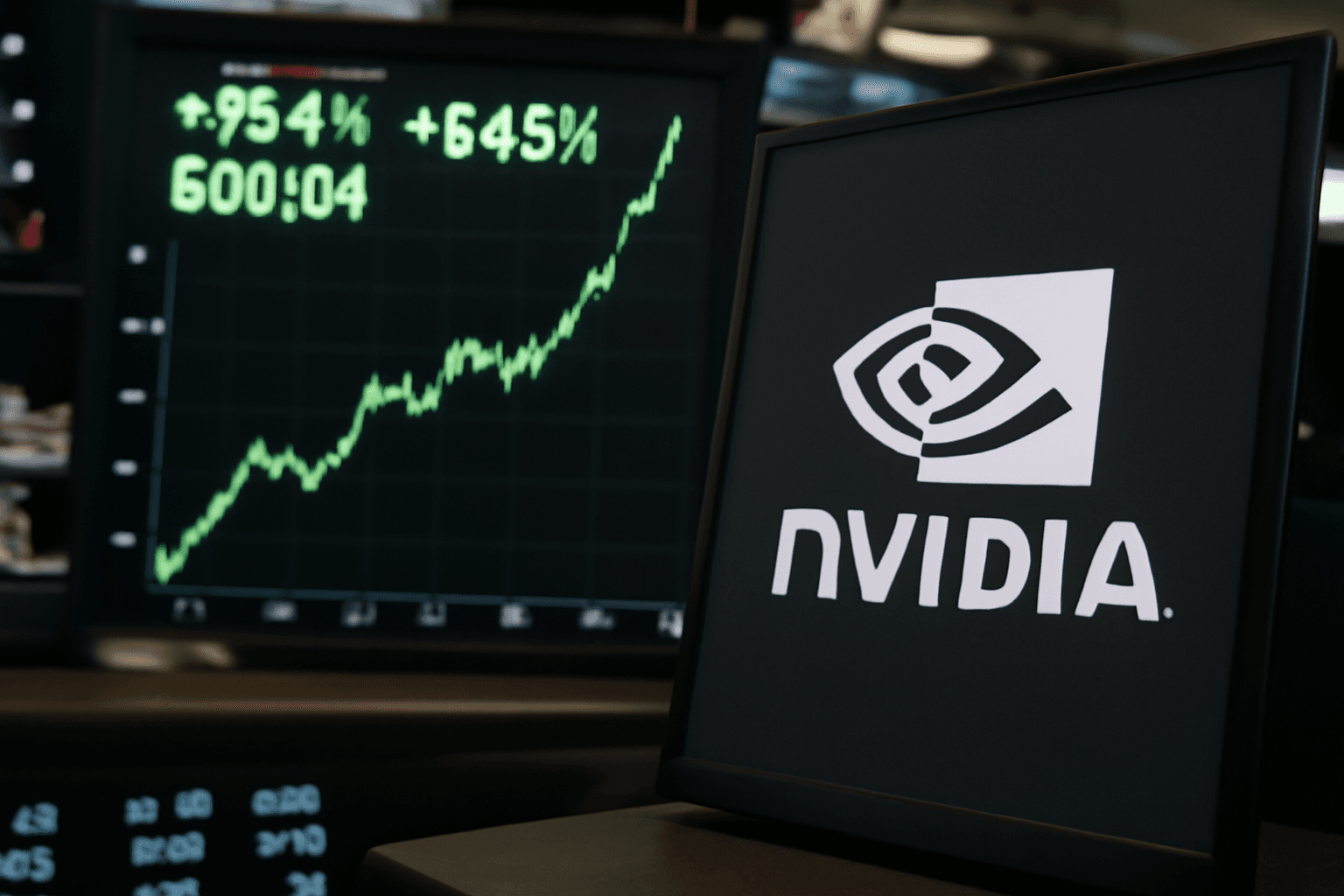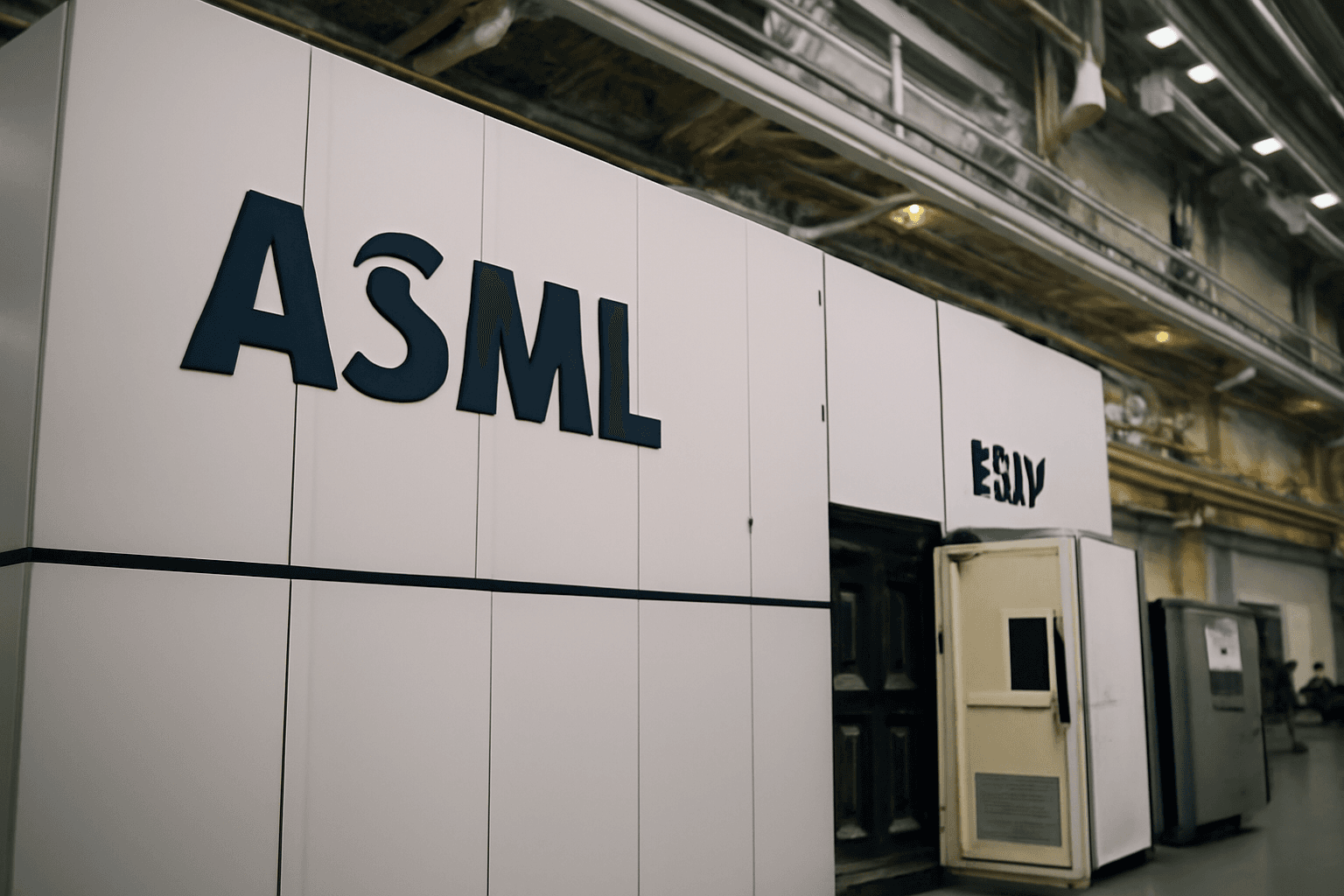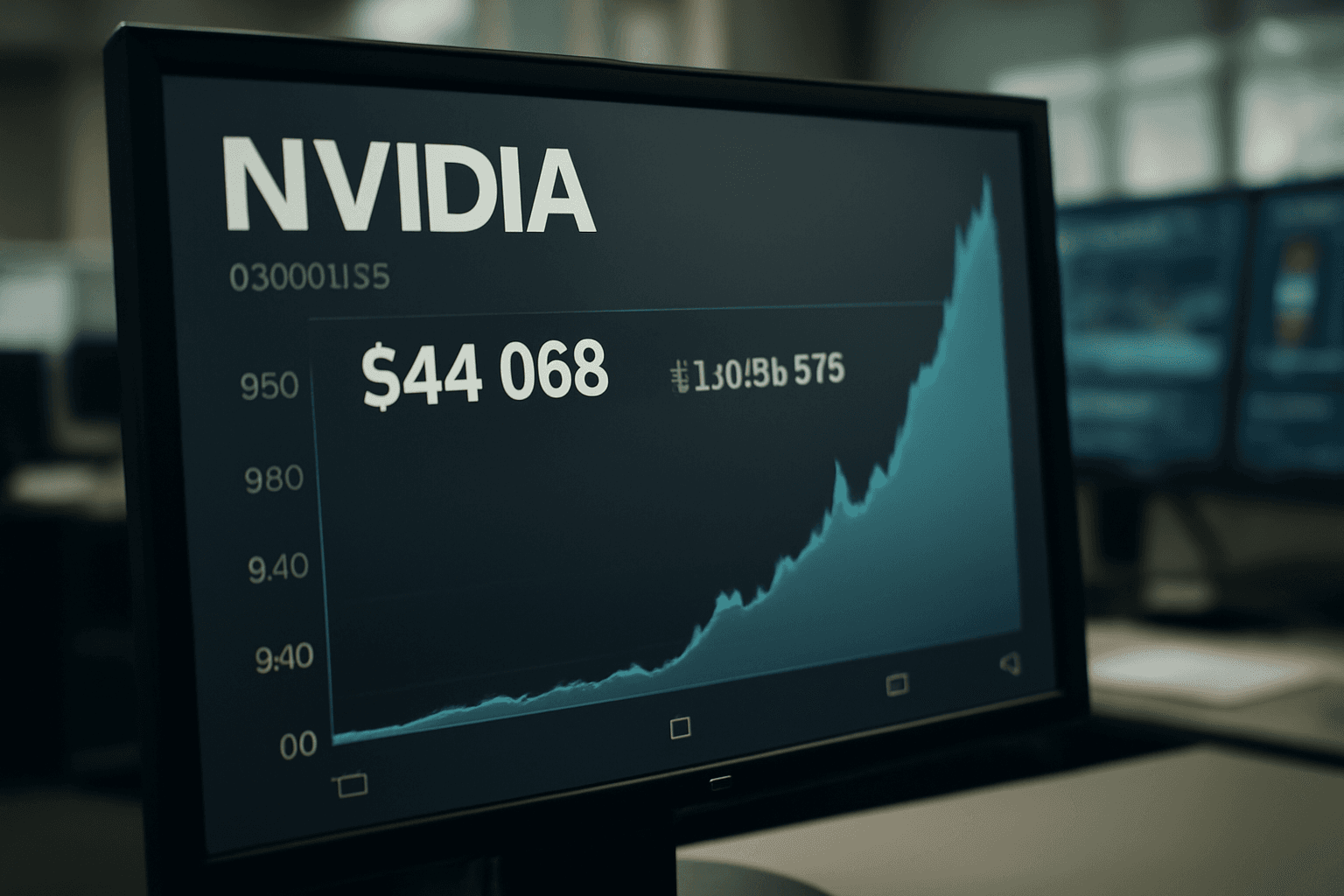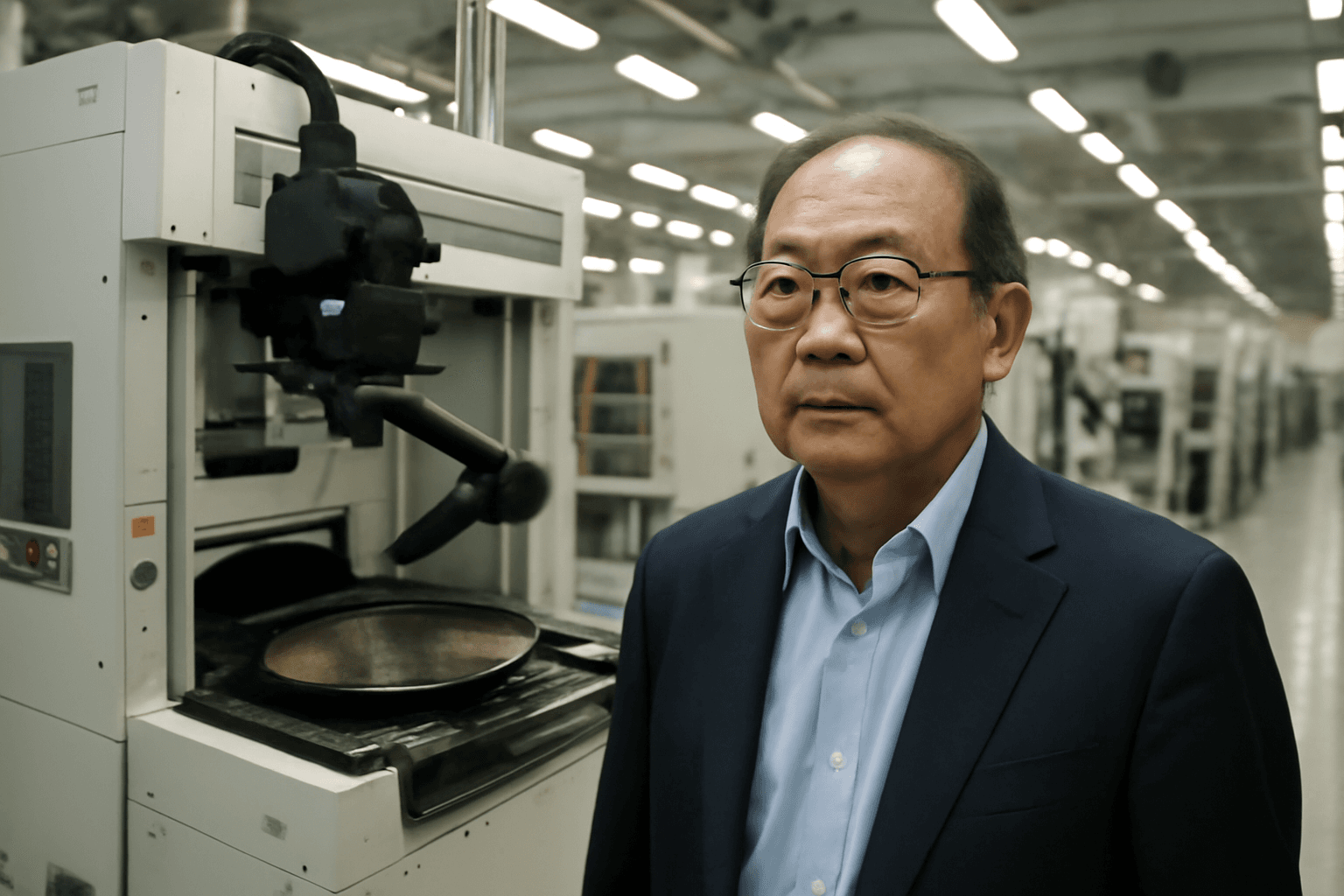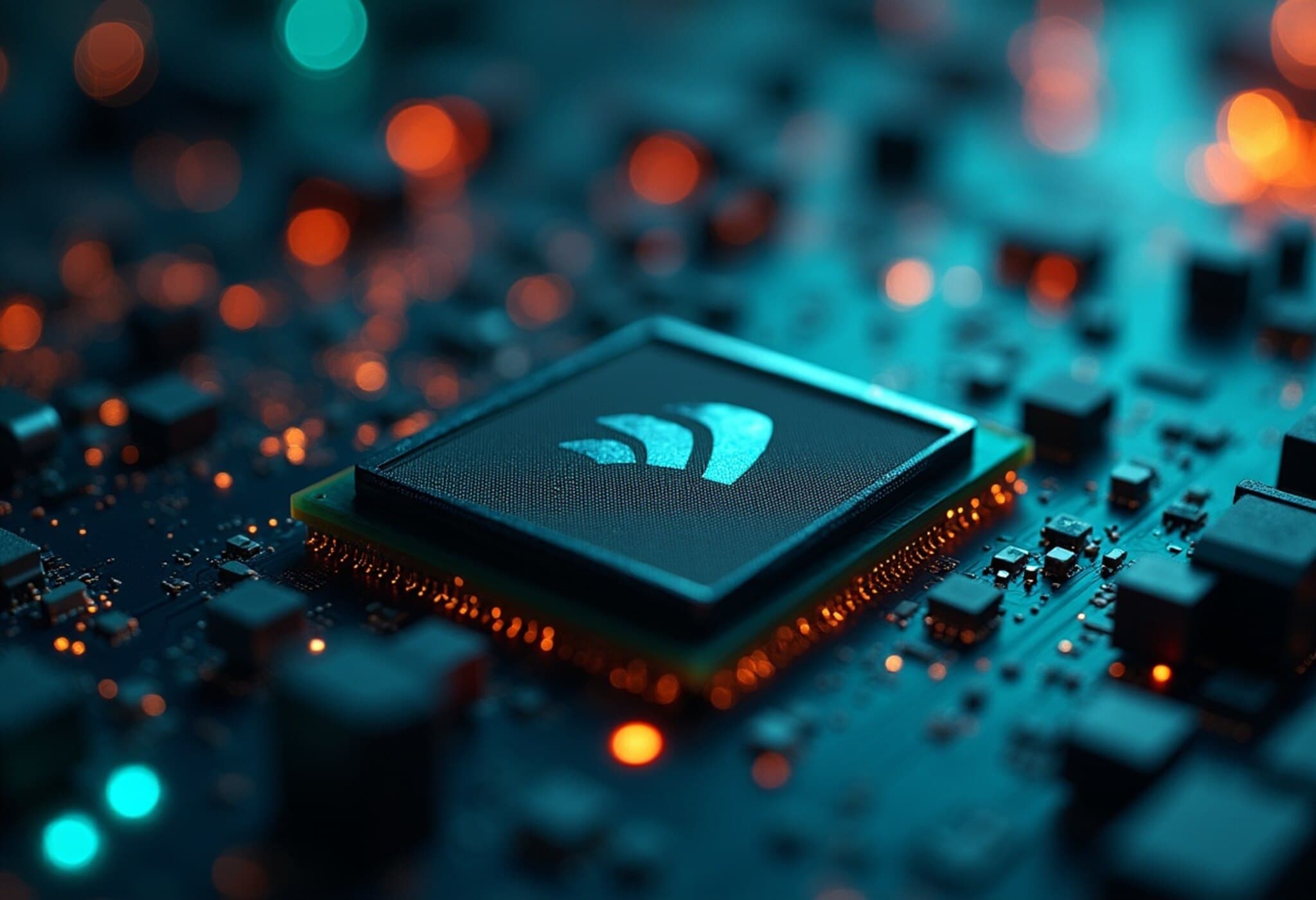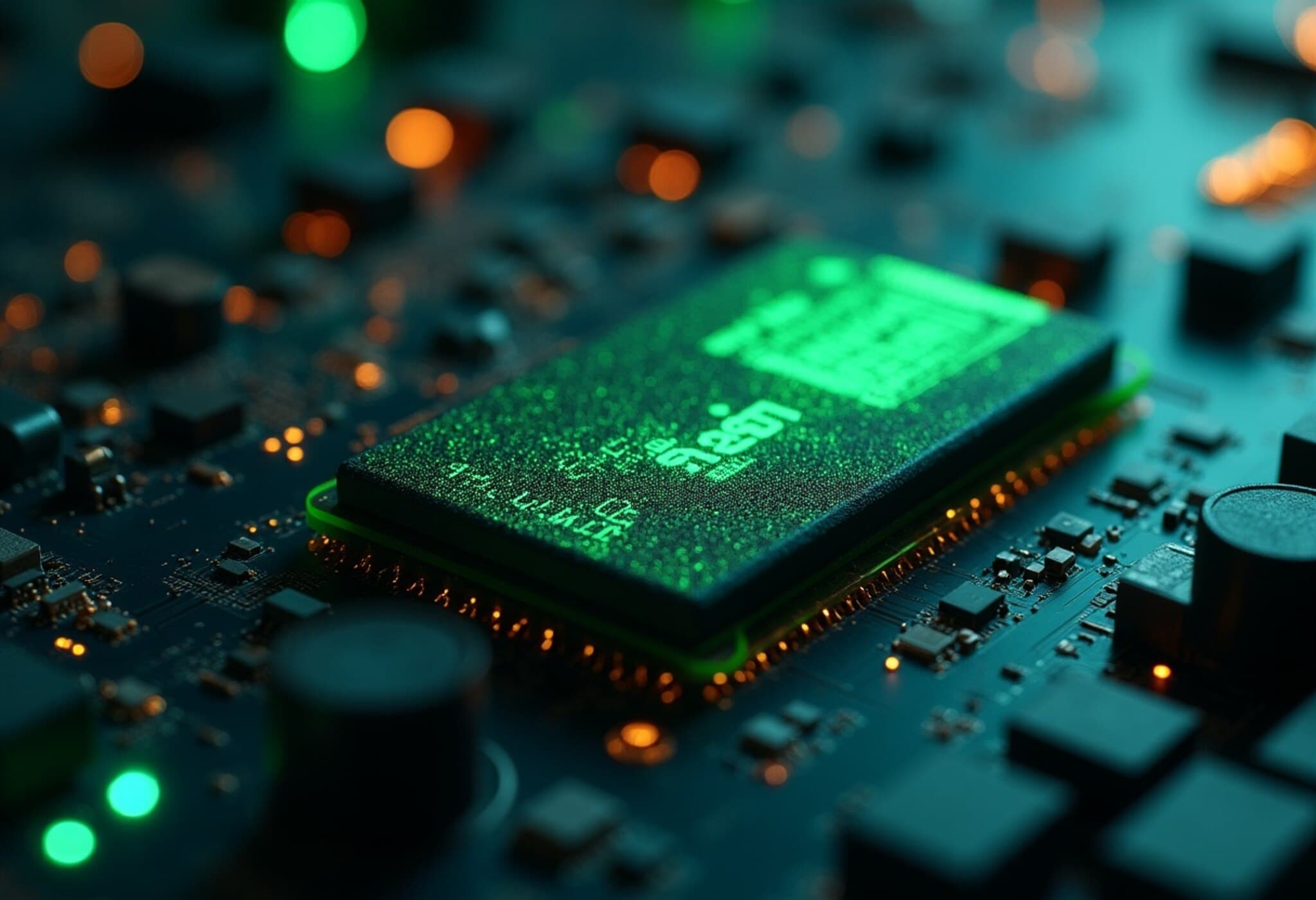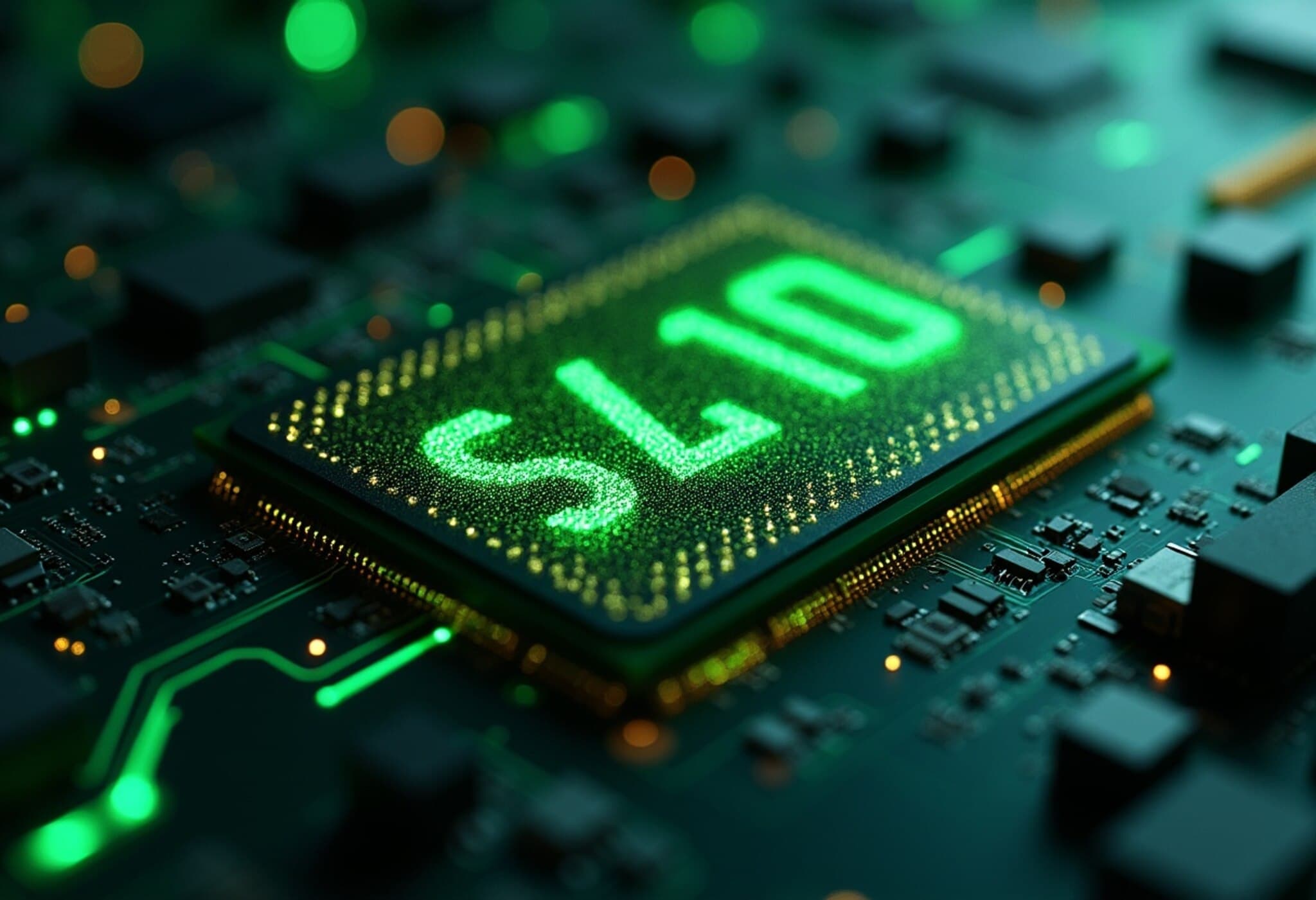Nvidia shares soared 6.5% in premarket trading on Thursday following the release of robust quarterly earnings that surpassed analysts' expectations. The results ignited a rally across global semiconductor stocks, reflecting renewed investor optimism in the sector.
Despite challenges posed by U.S. export restrictions on semiconductor shipments to China, Nvidia delivered stronger-than-anticipated revenue and earnings for the April quarter. The company disclosed a $4.5 billion write-off related to H2 0 chip inventory that could not be shipped due to export curbs but emphasized overall demand remains solid, particularly for its graphics processing units (GPUs) critical in artificial intelligence (AI) applications.
Investors view Nvidia as a key indicator for the semiconductor industry and AI-linked technology stocks. The confidence triggered by its earnings extended to semiconductor companies worldwide.
In Asia, Japan’s key semiconductor-related stocks surged over 4%, while South Korea's SK Hynix, a significant supplier of high-bandwidth memory to Nvidia, ended the day nearly 2% higher. European stocks, including ASML and others involved in chip manufacturing equipment, also traded positively.
The U.S. semiconductor industry had faced pressure due to ongoing uncertainties regarding tariff policies and export restrictions affecting technology sales to China. Companies such as ASML have previously absorbed stock declines linked to these geopolitical constraints. However, Nvidia’s strong quarterly results alleviated some market concerns about demand softness amid these challenges.
U.S. semiconductor firms reflected the uplift as well, with shares in rivals jumping sharply in premarket trading. The Biden administration recently tightened export restrictions by mandating licenses for shipments of certain semiconductor materials and design software to China, signaling no imminent easing of the regulations.
Nonetheless, Nvidia's performance demonstrates resilience in semiconductor demand, driven largely by AI sector growth, making it a bellwether for the broader technology and chip markets.

